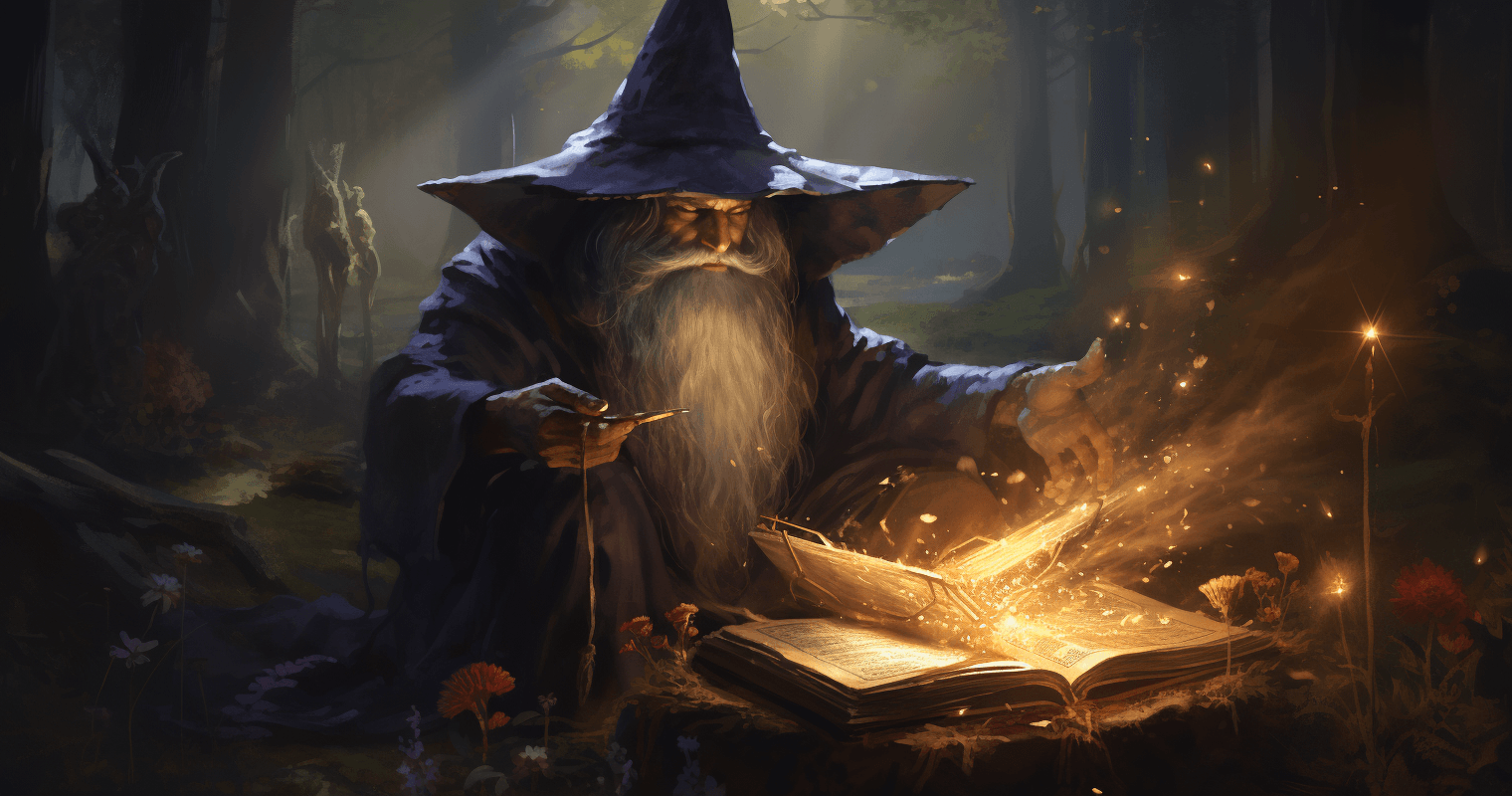
10 Key Steps for Crafting Legendary Characters in Role-playing Games
Mastering the Creation of Memorable Characters

Role-playing games (RPGs) thrive on imagination, but the true heartbeat of every campaign is the characters that bring stories to life. A well-crafted character is more than numbers on a page. It is a living persona, a piece of the shared story, and often the most memorable part of any adventure.
If you are just starting out, character creation can seem like a puzzle filled with choices, rules, and statistics. The truth is, it is also one of the most enjoyable aspects of playing. This guide walks through ten key steps to help you craft characters that not only function in the game but also become legends in your group’s storytelling.
1. THE BLACK CANVAS - FINDING INSPIRATION AND A CONCEPT
Every great character begins with an idea. Ask yourself what kind of story you want to tell through this character. Are you imagining a noble knight carrying the weight of past failures, or a cunning rogue always one step ahead of danger? Maybe you picture a sorcerer haunted by visions of forgotten gods.
Inspiration Sources: Books, movies, history, and mythology all offer sparks of creativity. Even real-world figures can inspire your character’s personality or backstory.
Archetypes: Heroes, tricksters, mentors, and anti-heroes are timeless roles you can use as starting points. Once you have a base, add your own twist to make it feel unique.
Concept: Think about your character’s goals, motivations, and flaws. A flawed character is often more fun to role-play than a perfect one.
2. BUILDING THE FOUNDATION - CRAFTING A BACKSTORY

Your backstory is the soil where your character grows. It explains why they act the way they do, how they view the world, and what drives them forward.
- Origins: Where were they born? What culture shaped them?
- Family and Relationships: Did they grow up in a bustling city, or were they raised in isolation?
- Key Events: Identify one or two defining moments. A tragic loss, a heroic deed, or even a terrible mistake can shape everything about them.
- Motivations: Every character should want something, whether it is revenge, knowledge, love, or freedom.
A solid backstory not only helps you role-play but also gives the game master material to weave into the larger story.
3. CHOOSING THE FRAMEWORK - RACES AND CLASSES
Mechanics matter, but they should also fit the story you want to tell. In systems like Dungeons & Dragons, your race and class form the backbone of your character’s abilities.
- Races: Each has mechanical traits, but also cultural aspects. A dwarven cleric may embody tradition and honor, while an elven ranger could represent independence and a bond with nature.
- Classes: Do you see yourself as a tank protecting allies, a healer keeping the group alive, or a wizard shaping reality with spells? Your class choice should align with your concept.
- Alignment: This is your character’s moral compass. Will they be lawful and just, chaotic and unpredictable, or somewhere in between?
4. PERSONA AND PERSONALITY - TRAITS AND CHARACTERISTICS

Stats make your character effective, but personality makes them memorable.
- Personality Traits: Are they stoic, cheerful, sarcastic, or cautious?
- Quirks and Habits: Maybe your paladin always polishes their armor before battle, or your bard sings to themselves when nervous.
- Flaws and Virtues: A barbarian might be brave but quick-tempered. A rogue may be selfish yet deeply loyal to friends. These contrasts make them feel real.
When you role-play, lean into these traits. They give your character depth and consistency.
5. APPEARANCE MATTERS - DESCRIBING THE VISUALS
Your description helps everyone at the table picture your character. Go beyond height and hair color.
- Physical Features: Distinguishing details like scars, tattoos, or unusual eye colors make characters stand out.
- Attire and Gear: What does their armor, cloak, or jewelry say about them? A wizard in tattered robes may carry an air of mystery, while a rogue with flashy daggers hints at vanity.
- Details That Tell a Story: A soldier’s dented shield or a warlock’s eerie amulet both hint at deeper tales.
When you describe your character, you invite others to visualize and connect with them.
6. THE CRUCIBLE OF GROWTH - GOALS AND DEVELOPMENT
Characters are not static. They grow, change, and sometimes surprise even their players. Think about their immediate goals and their long-term dreams.
- Short-Term Goals: Win a tournament, repay a debt, or impress a mentor.
- Long-Term Aspirations: Restore their homeland, uncover lost magic, or achieve immortality.
- Character Arc: How might your character evolve? Perhaps a cowardly scholar becomes a brave hero, or a hardened mercenary learns compassion.
Having these goals makes your role-playing richer and gives the GM story threads to weave into the campaign.
7. ALLIES AND ADVERSARIES - CONNECTIONS WITHIN THE WORLD

No one exists in a vacuum. Give your character relationships that tie them to the world.
- Allies: Friends, mentors, or companions who support them.
- Adversaries: Rivals, enemies, or organizations that oppose them.
- Factions: Guilds, temples, or political groups can provide structure and tension.
Connections add realism and drama. They also give your GM ready-made plot hooks.
8. THE ART OF NAMING - CHOOSING THE RIGHT NAME
Names carry weight. They shape how other characters view yours and how you think about them.
- First Names: Should feel appropriate for the character’s culture.
- Surnames: Often reflect family, clan, or heritage.
- Titles and Nicknames: These can be earned during play. A ranger might become known as “Wolf-friend,” while a rogue could earn the title “Shadowhand.”
Do not rush the name. A good one can be as memorable as the deeds of the character themselves.
9. THE ART OF COLLABORATION - WORKING WITH THE PARTY
An RPG is not a solo story. Your character must fit within a group.
- Party Role: Are you the leader, the supporter, or the comic relief?
- Shared Goals: What do you want as a group? This fosters teamwork.
- Conflict and Resolution: It is natural for characters to disagree, but those conflicts should push the story forward, not fracture the table.
Collaborating ensures the story feels cohesive and enjoyable for everyone.
10. THE WRITTEN SCROLL - CREATING A CHARACTER SHEET

At last, it is time to turn your ideas into numbers. The character sheet is your blueprint.
- Attributes: Distribute your points into strength, dexterity, intelligence, and more.
- Skills: Choose those that match your background. A sailor may have navigation, while a thief may excel in stealth.
- Feats and Abilities: These unique powers add mechanical depth and help your character shine in combat and role-play.
Once filled out, your sheet guides you, but remember that the numbers are only part of the character. The story is what truly brings them alive.
WHY DICE ARE PART OF CHARACTER CREATION
It is impossible to talk about legendary characters without mentioning dice. Every roll carries weight, shaping whether your hero succeeds or fails. Collecting DND dice sets is a tradition for many players. Some choose shimmering resin dice to match their bard’s flamboyant style, while others prefer heavy metal dice that feel as solid as their fighter’s shield. Gemstone dice add an air of elegance, making every roll feel significant.
Owning multiple sets lets you match your dice to the character you are playing, enhancing immersion. Many players even swear by “lucky dice” that always seem to roll well for a certain character.
At Runic Dice, you can find high-quality dice sets, dice trays, and dice towers that make every roll memorable. Having the right tools not only protects your table but also makes the act of rolling feel like part of the story itself.
CONCLUSION
Creating a legendary RPG character is more than filling out numbers on a sheet. It is about telling a story, developing a persona, and exploring growth through adventure. By following these ten steps, you give your character the depth and personality needed to shine in any campaign.
Remember, role-playing games are collaborative. Your character’s tale is interwoven with the stories of your fellow players. Whether you are casting spells, charging into battle, or talking your way out of danger, your character becomes part of a living legend told around the gaming table.
To make your journey even more immersive, equip yourself with the right dice and accessories. Check out Runic Dice for DND dice sets, gemstone dice, resin dice, dice towers, and dice trays. With the right tools in hand, your character’s adventures will not only be unforgettable, they will be legendary.


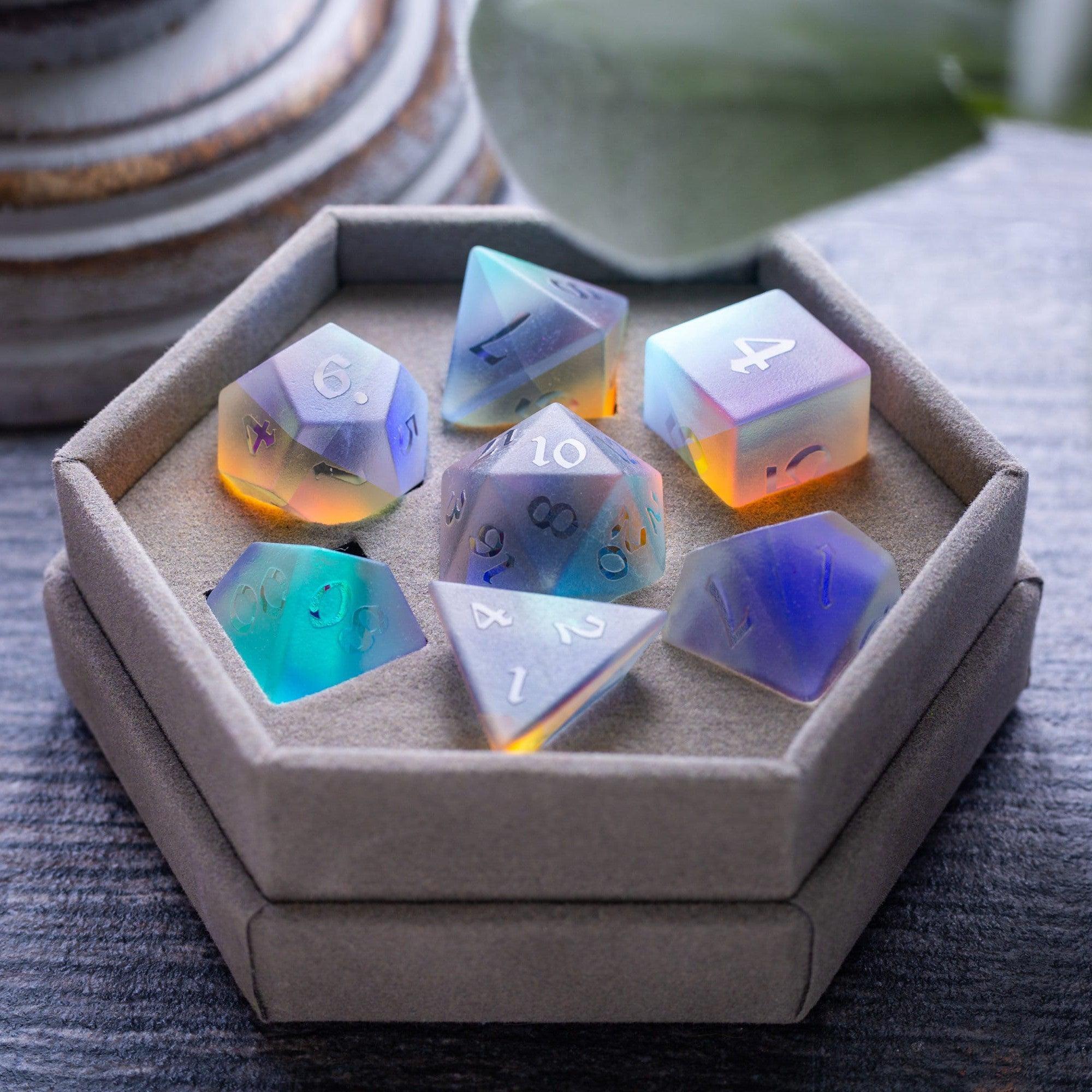
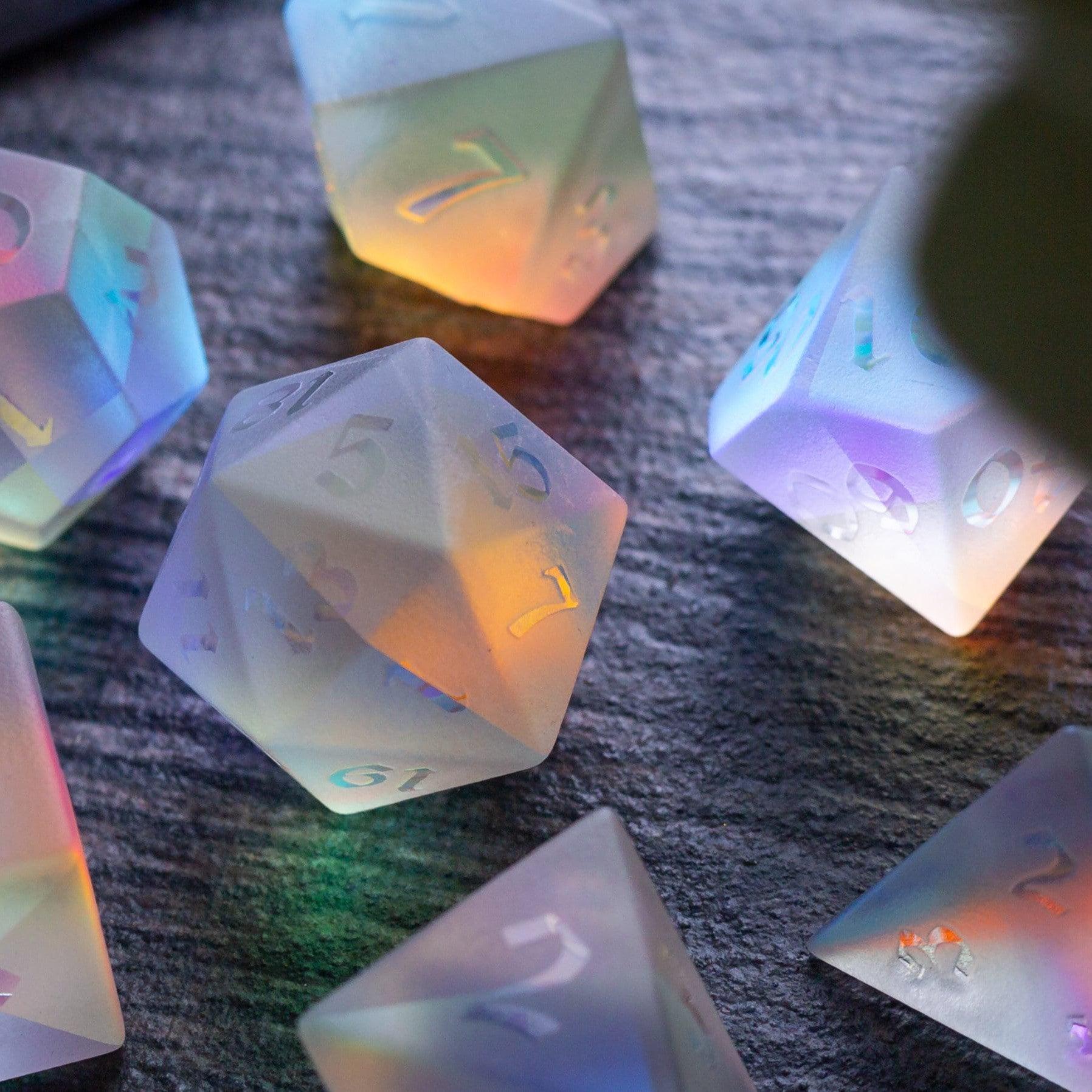
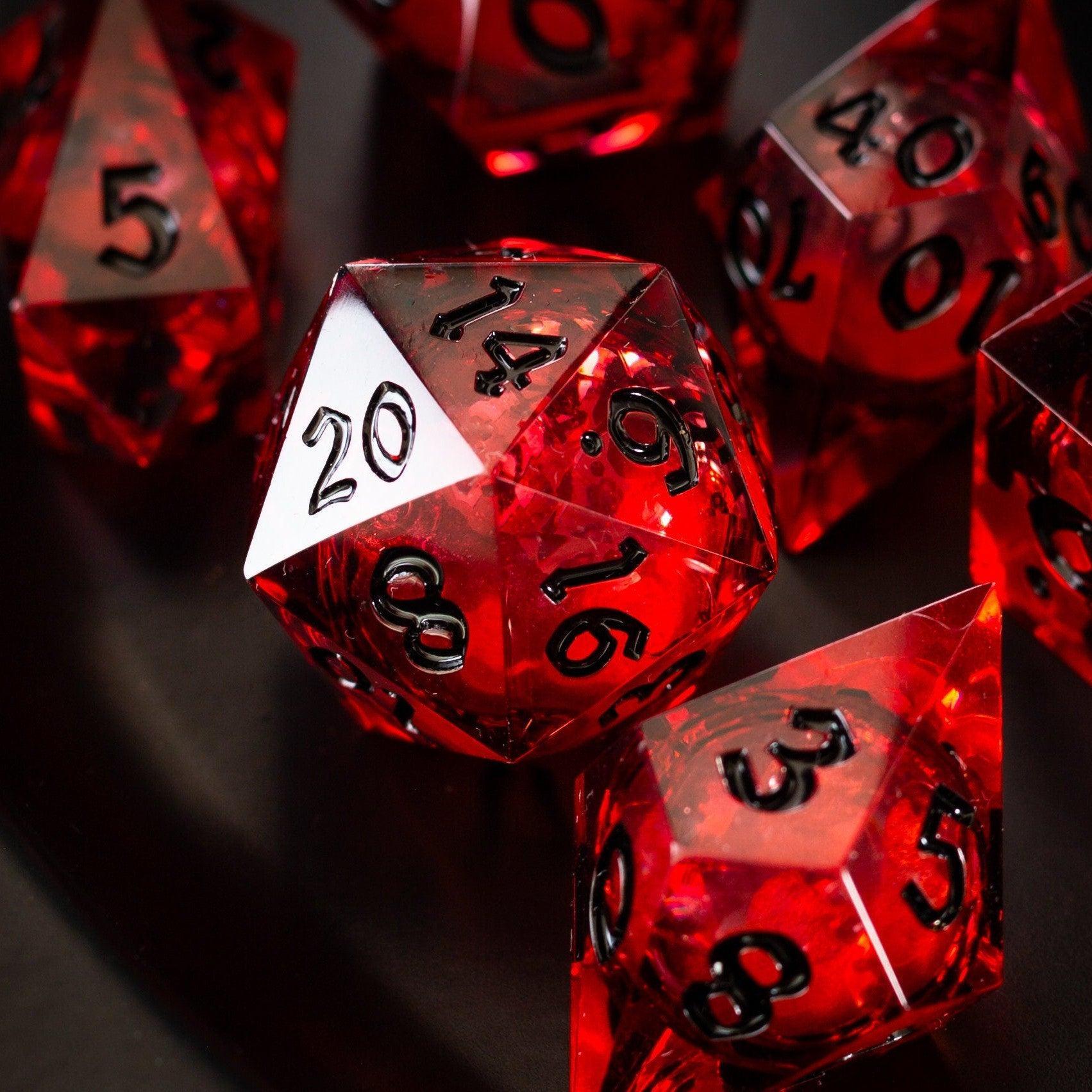
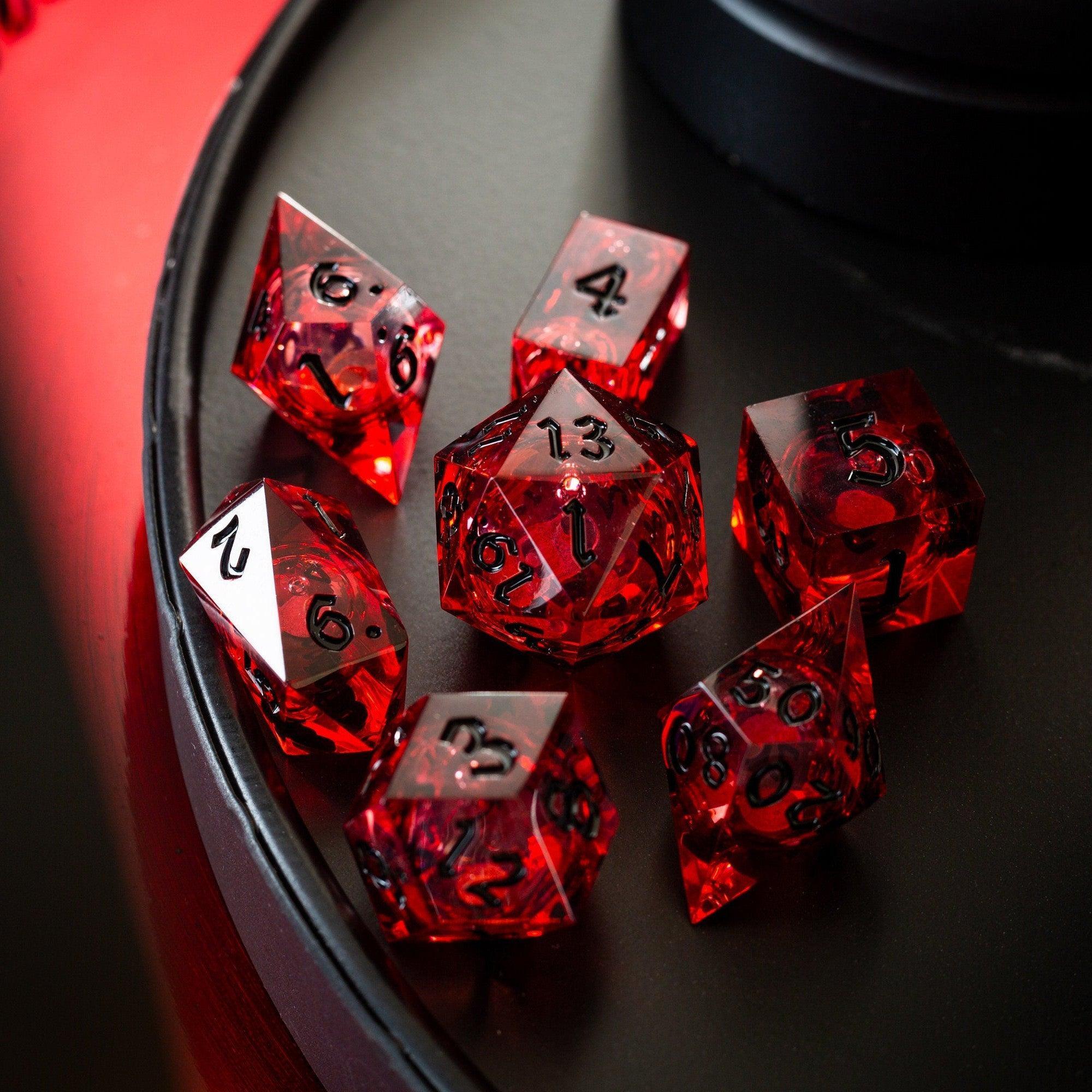
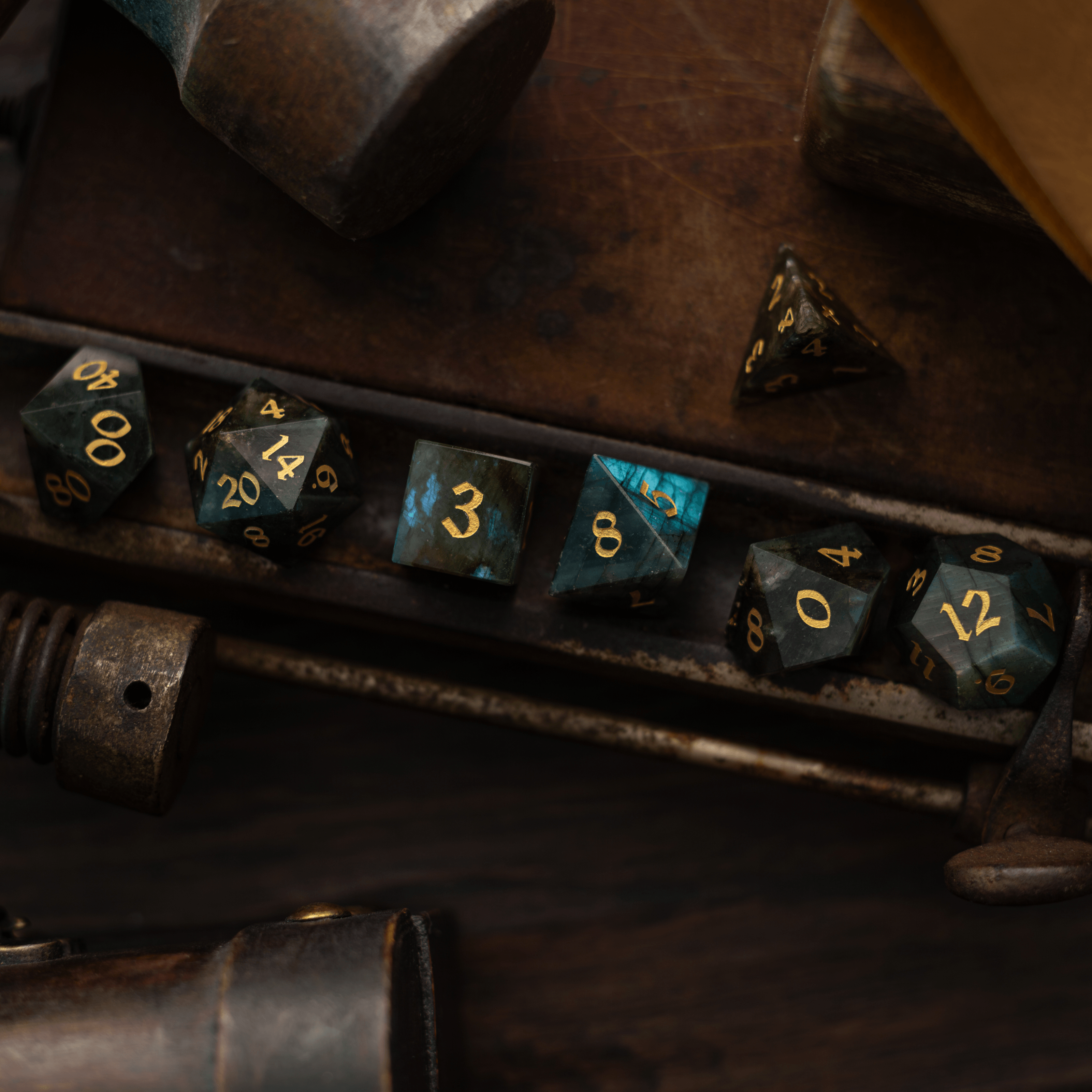
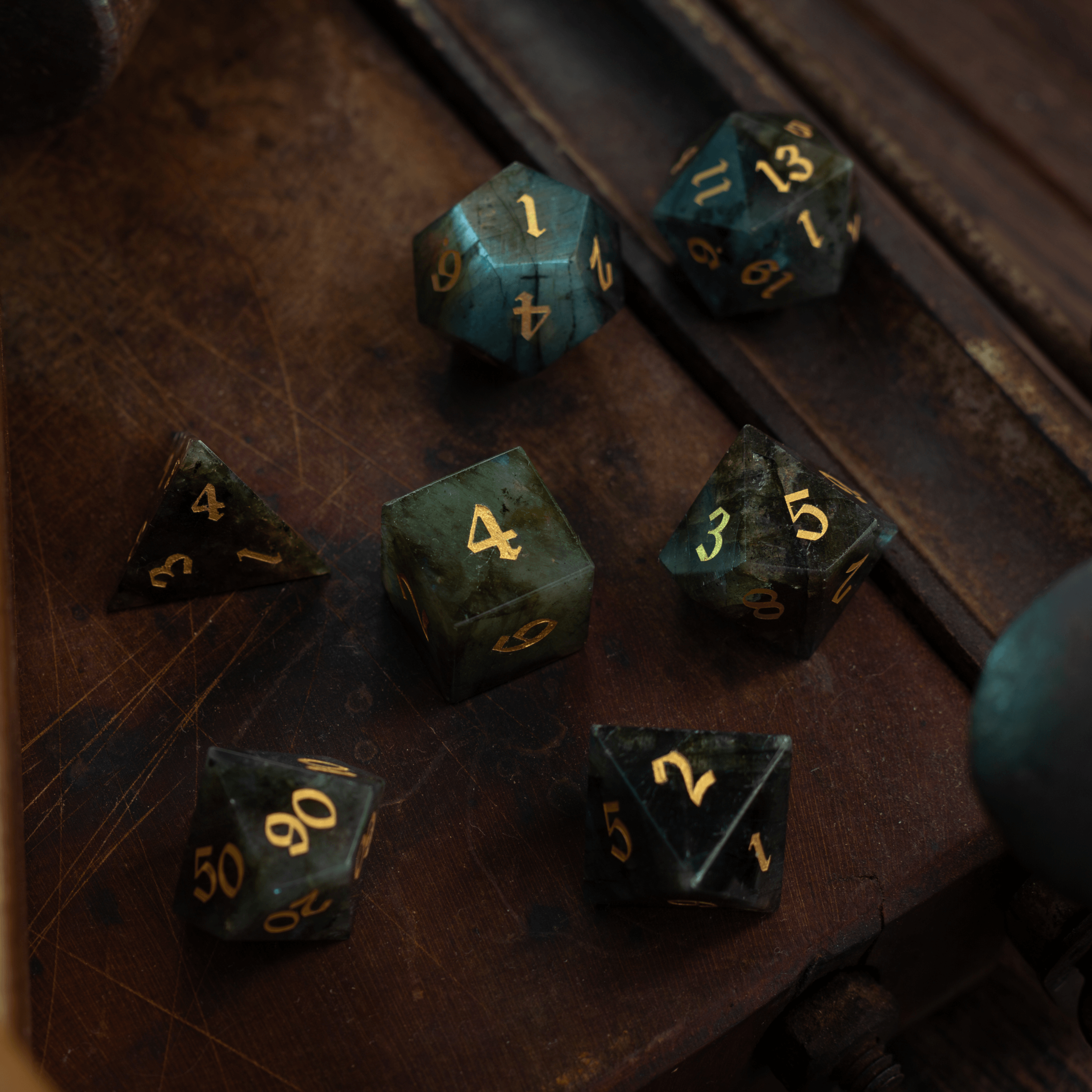
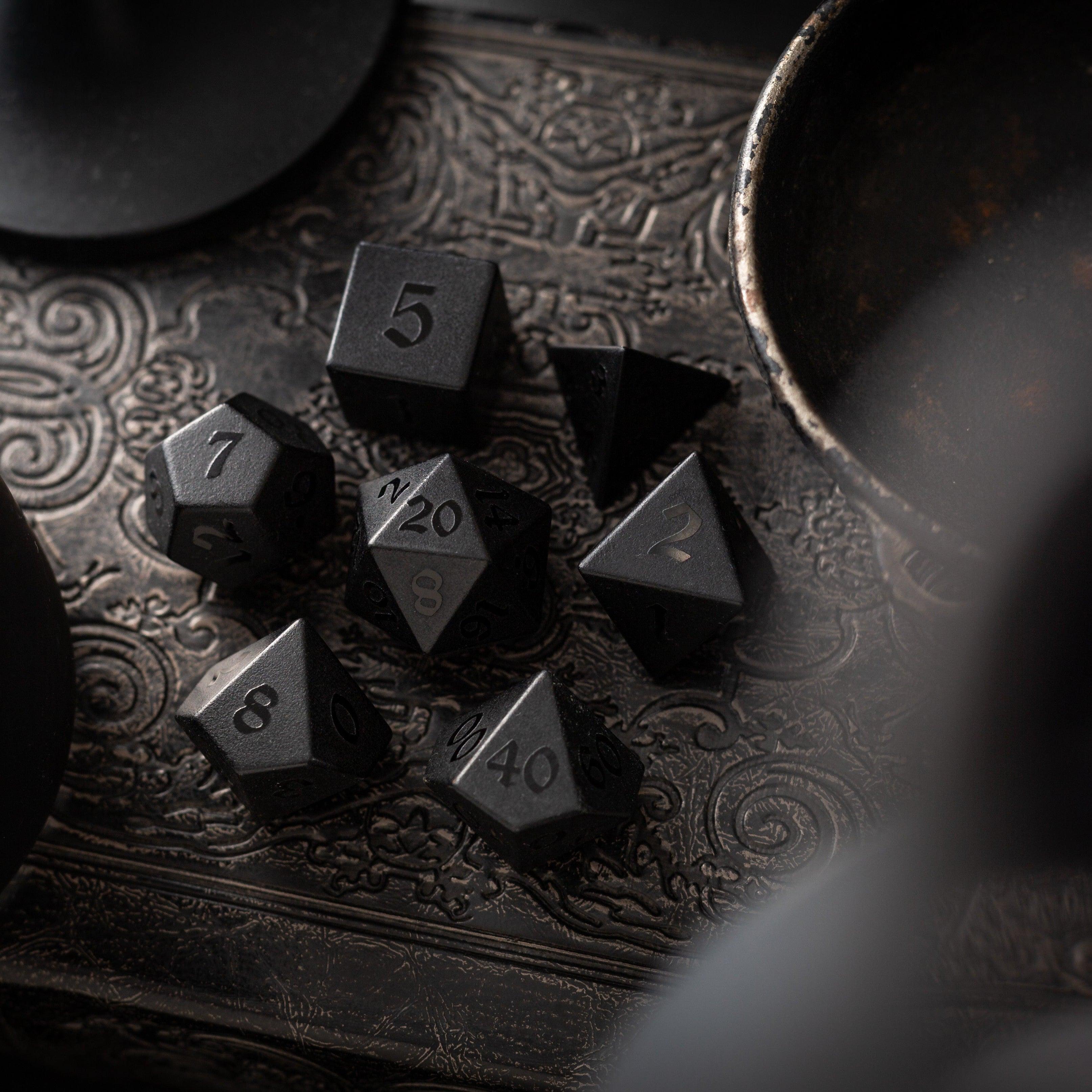
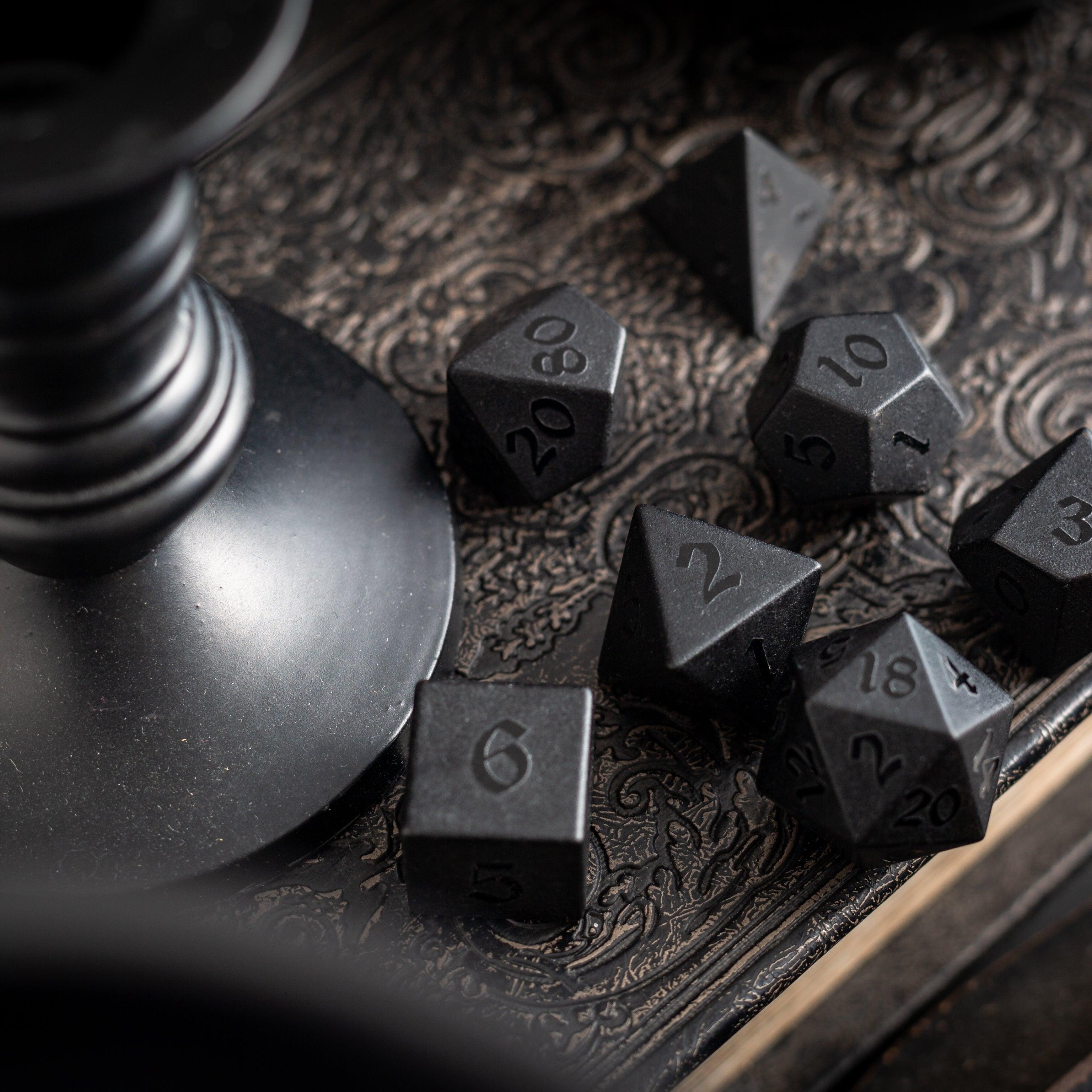
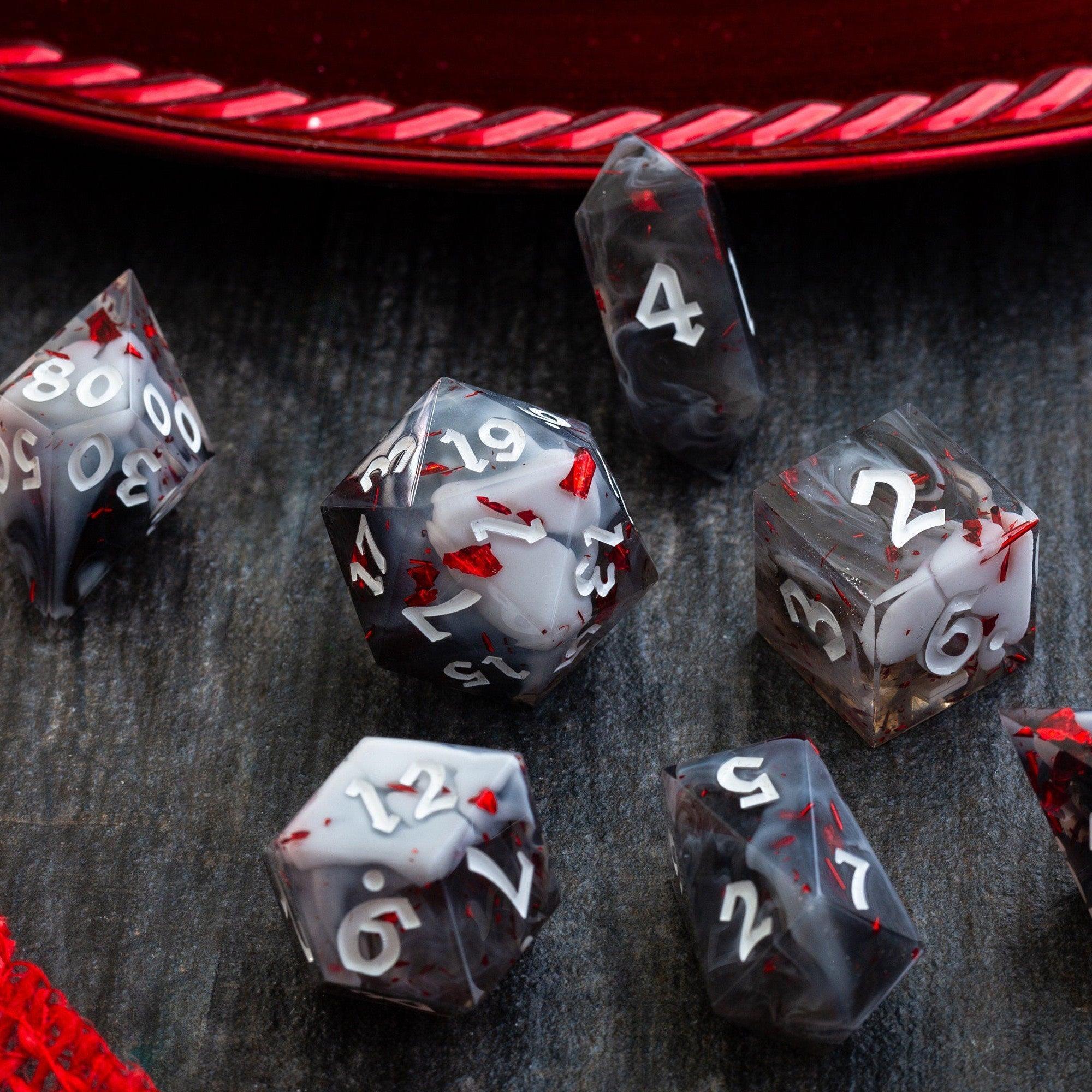
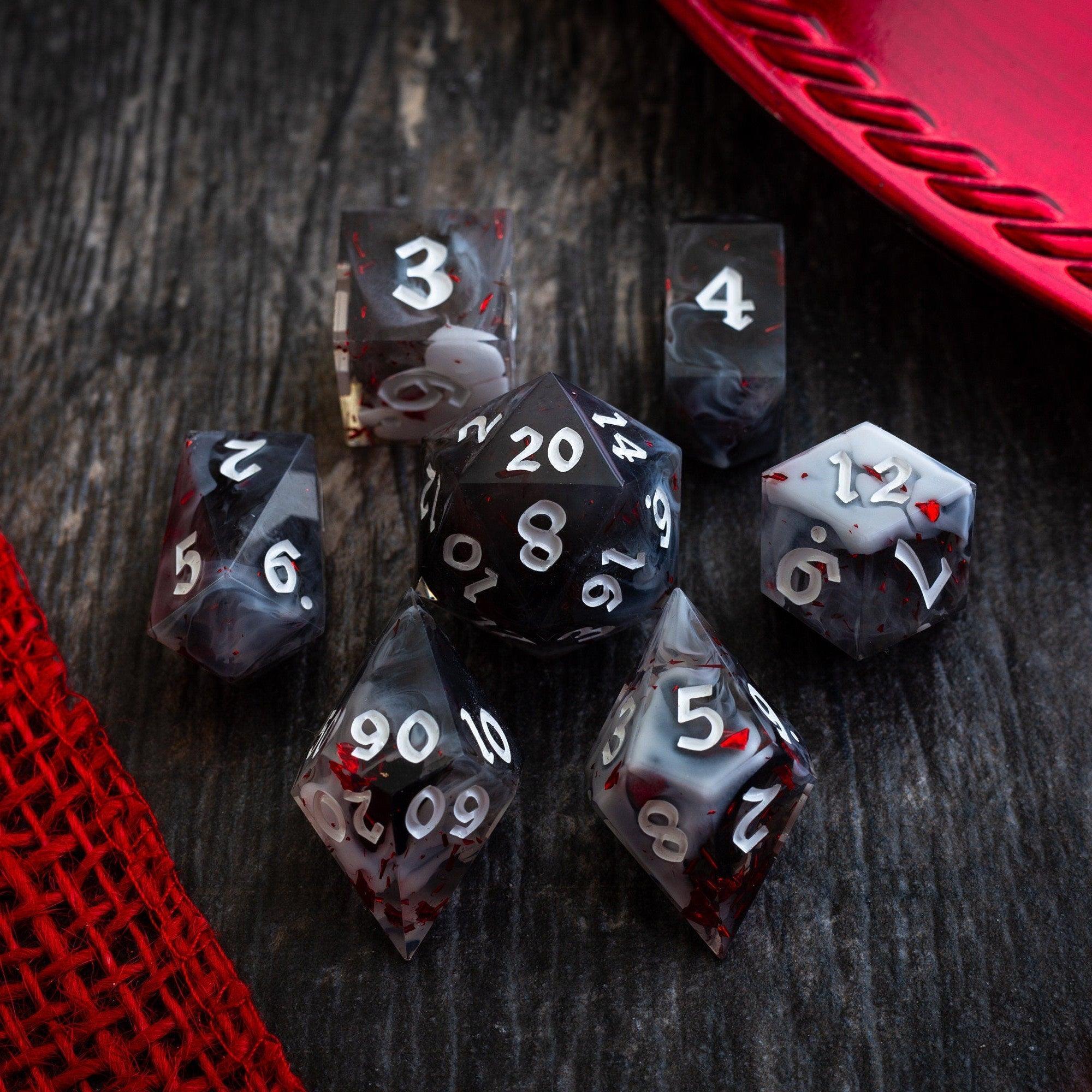
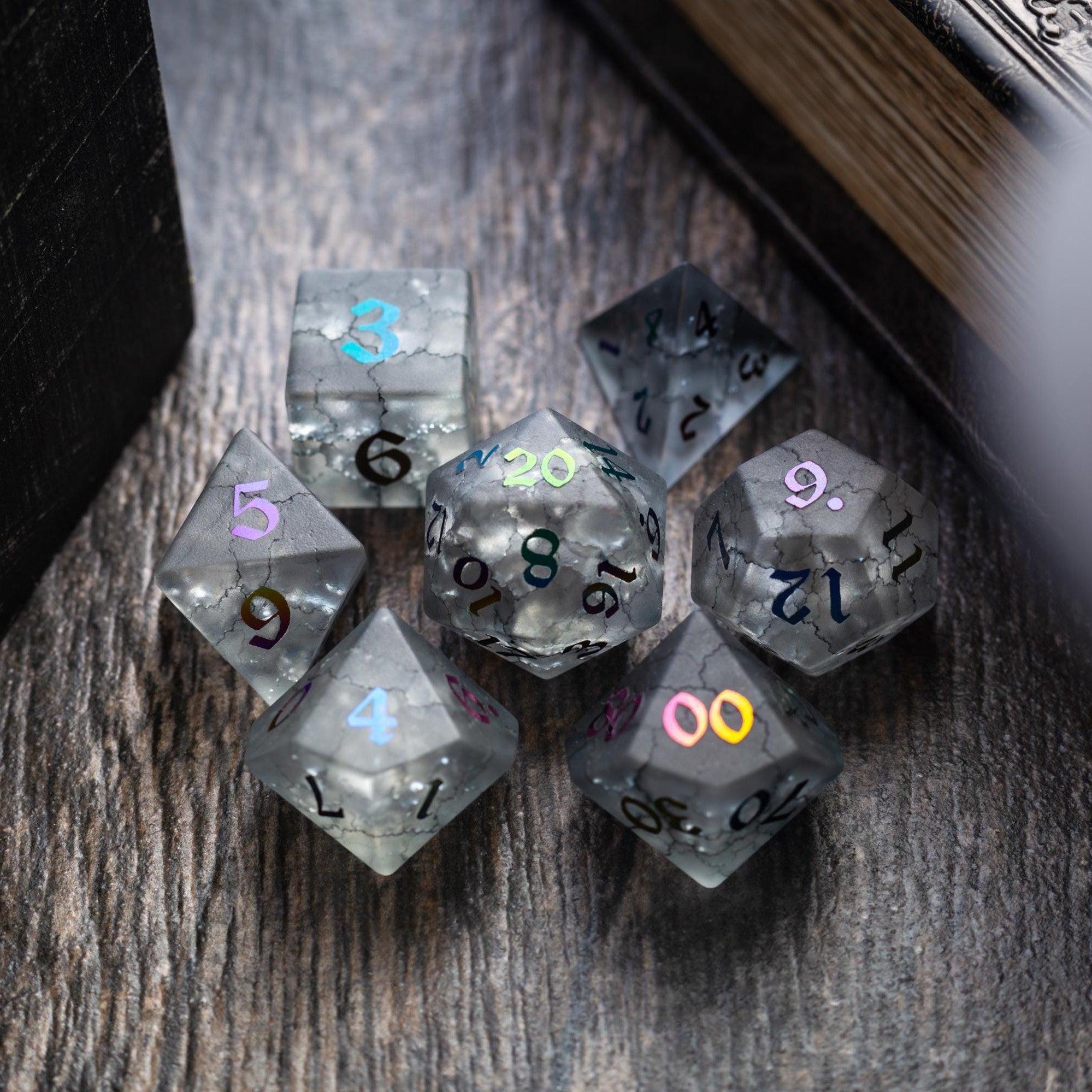
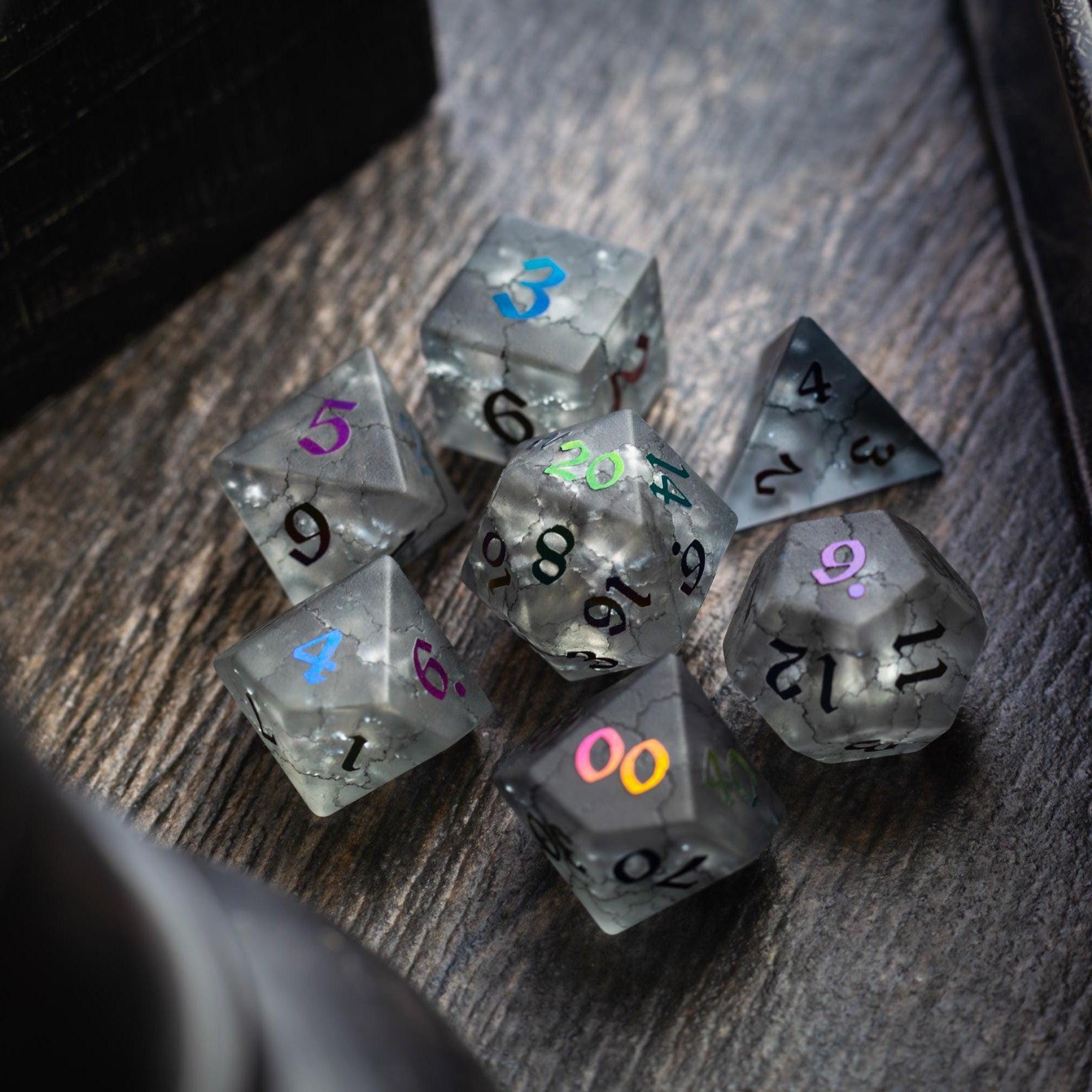
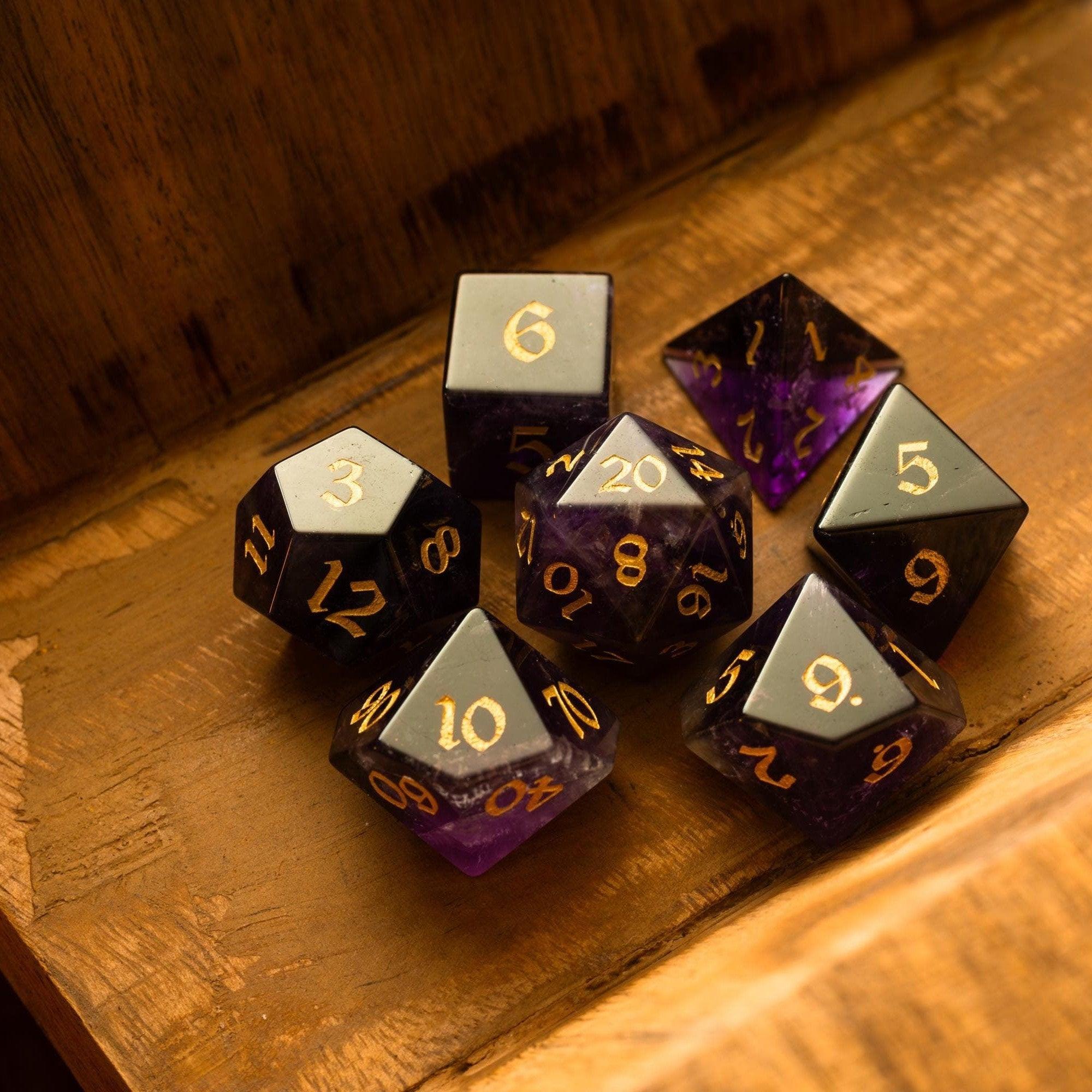
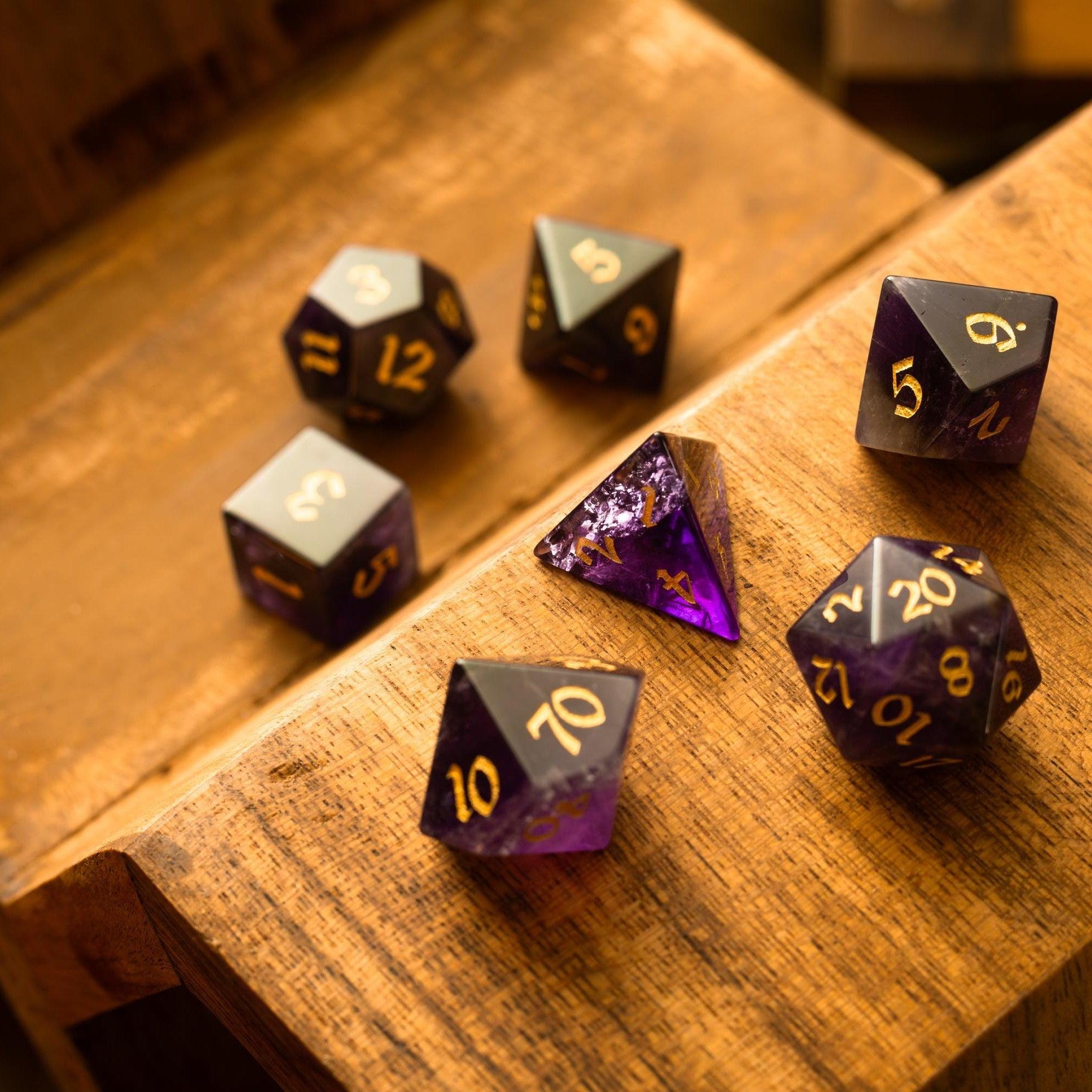
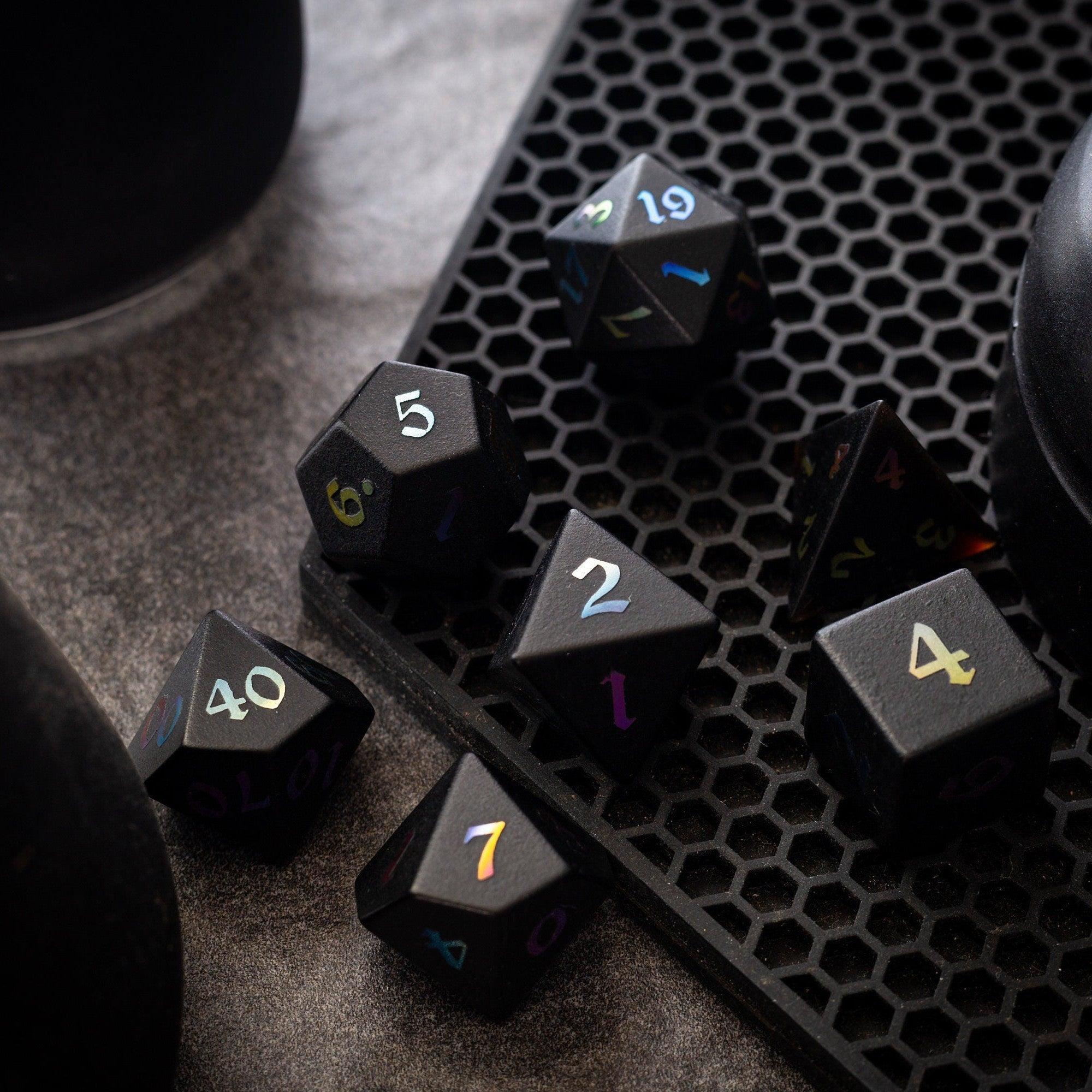
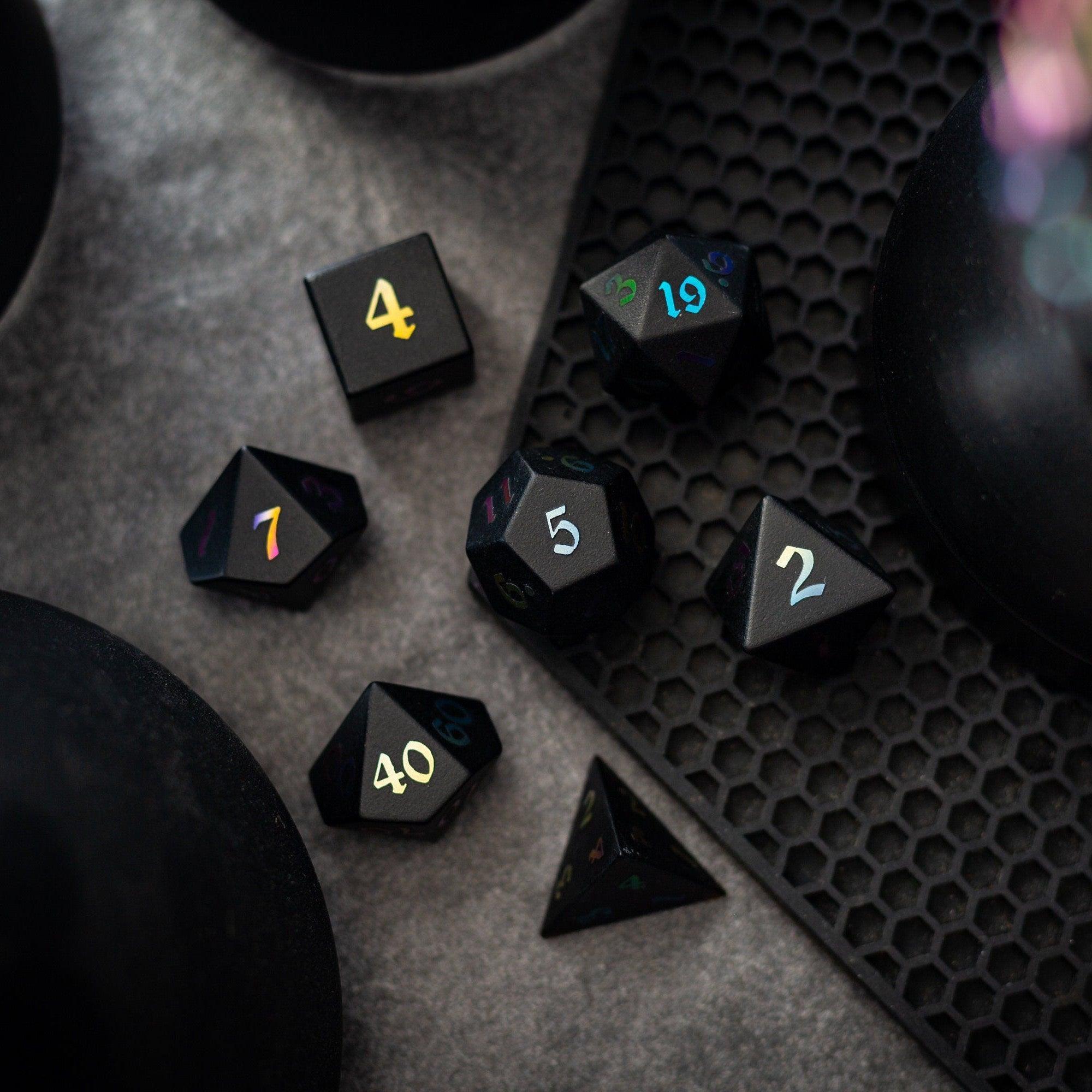
Leave a comment
This site is protected by hCaptcha and the hCaptcha Privacy Policy and Terms of Service apply.